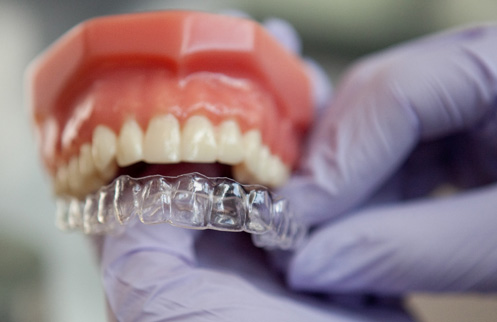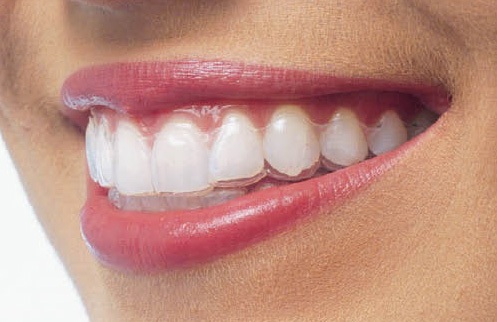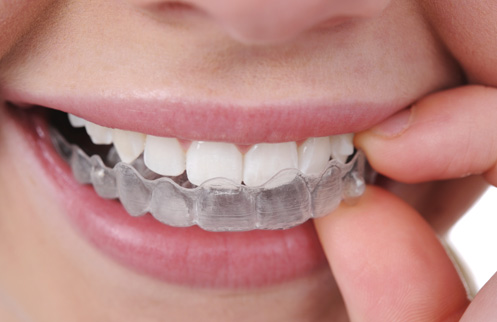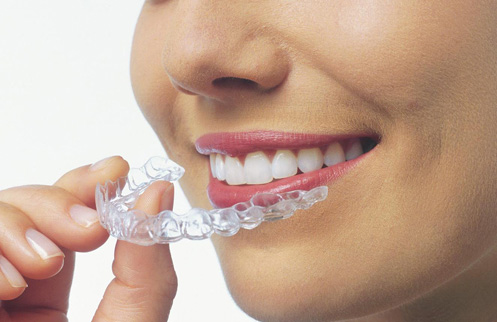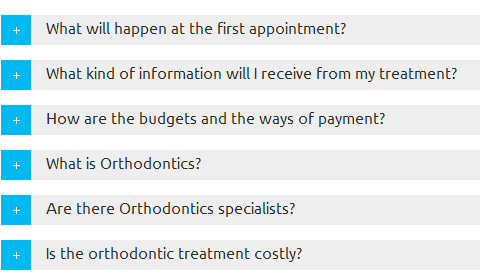Searching for more aesthetic orthodontic treatments, apart from the use of soberer materials, has led to find other types of orthodontics, such as the lingual or invisible, and the use of virtually invisible aligners without using wires or metallic brackets. This system is based on the following steps:
Firstly, the orthodontist must establish the diagnosis and the treatment plan, based on moulds of both dental arches, X-rays, and some intraoral and extraoral photos. All of it is sent to the manufacturer of the splint where the prints are used to make models of plaster of your teeth, and together with the information received, a virtual three dimensional model is created.
An interactive film is then created, which shows the movement of your teeth from the beginning, phase by phase, to the final position. In this way, you can check on your own computer if the treatment plan of the laboratory corresponds with your diagnosis and the aims proposed.
Once the orthodontist and his patient say yes to the project, the necessary aligners are created to send them to the orthodontist. The patients will change each splint every 15 or 20 days.
The patients will change more or less aligners depending on the case and the complexity.
The aligners will move your teeth a quarter of a millimetre, week after week, until the desired results will be obtained. Generally, the patients will have to visit the orthodontist once every six weeks.
As the appliance must be removed at eating, drinking time and for the oral hygiene, it is essential that you keep it in your mouth the rest of the time. Taking the splint out to eat seems to be a nuisance, however, according to patients, it is a real advantage.
Some complex malocclusions cannot be corrected with this technique. It is the orthodontist himself that must assess the most suitable treatment for every patient.
A combination of treatments is sometimes undertaken: transparent aligners are obviously placed on upper teeth and brackets on lower teeth.

